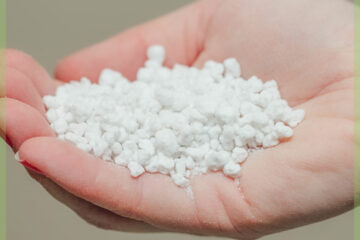Coconut fiber, also known as coconut, is an interesting material for planting and replanting seeds.
Coconut fiber is more or less always sold as a dry product coconut potting soil† Before you can use it, it must be soaked in water. It absorbs water very quickly, so it doesn't take long. The coconut fiber contains no nutrients and is well suited because it is suitable for sowing seeds, cuttings and in combination with potting soil for your plants.
If you are using coconut fiber For your plants, you can use both fine and coarse coconut fiber, but you also need to add more components such as minerals and fertilizers to get a good cultivated soil. The addition of minerals and fertilizers applies to replanting as well as to the final planting soil. However, if you use coconut fiber for seeds or cuttings, you don't need any additives. You then just record it and use it as it is.
Plant legs based on coconut is very nice and useful† They are perfect for tomatoes, peppers, aubergines, peppers and various types of cucumbers.
You can also mix coconut fiber with regular peat-based planting soil, for example take half planting soil and half coconut fiber. It will be a very pleasant soil to grow in. Such a “mixed planting soil” has an airy structure and will be firm without becoming compact. You could say that coconut fiber is to a peat-based planting soil what organic material is to an open field or a pallet collard greenery. It provides a wonderful relaxation.
Small plantations = smaller blocks
Do you have a small number of pots, such as an indoor garden or just a few pots on a balcony? Then the smaller coconut blocks are perfect for that purpose.
Big plantations = big blocks
After vacuuming, the large blocks of coco produce almost double that of regular potting soil. A large block, which weighs about 5 kg, can contain up to 18 liters of water.

